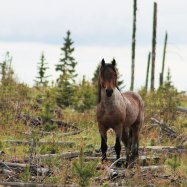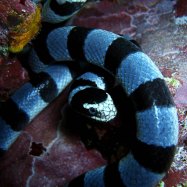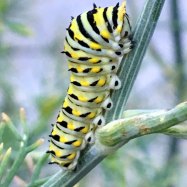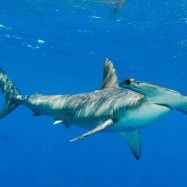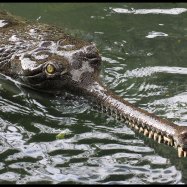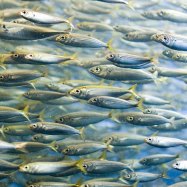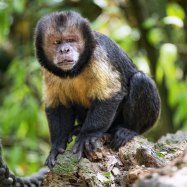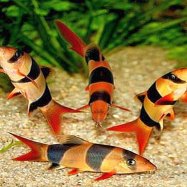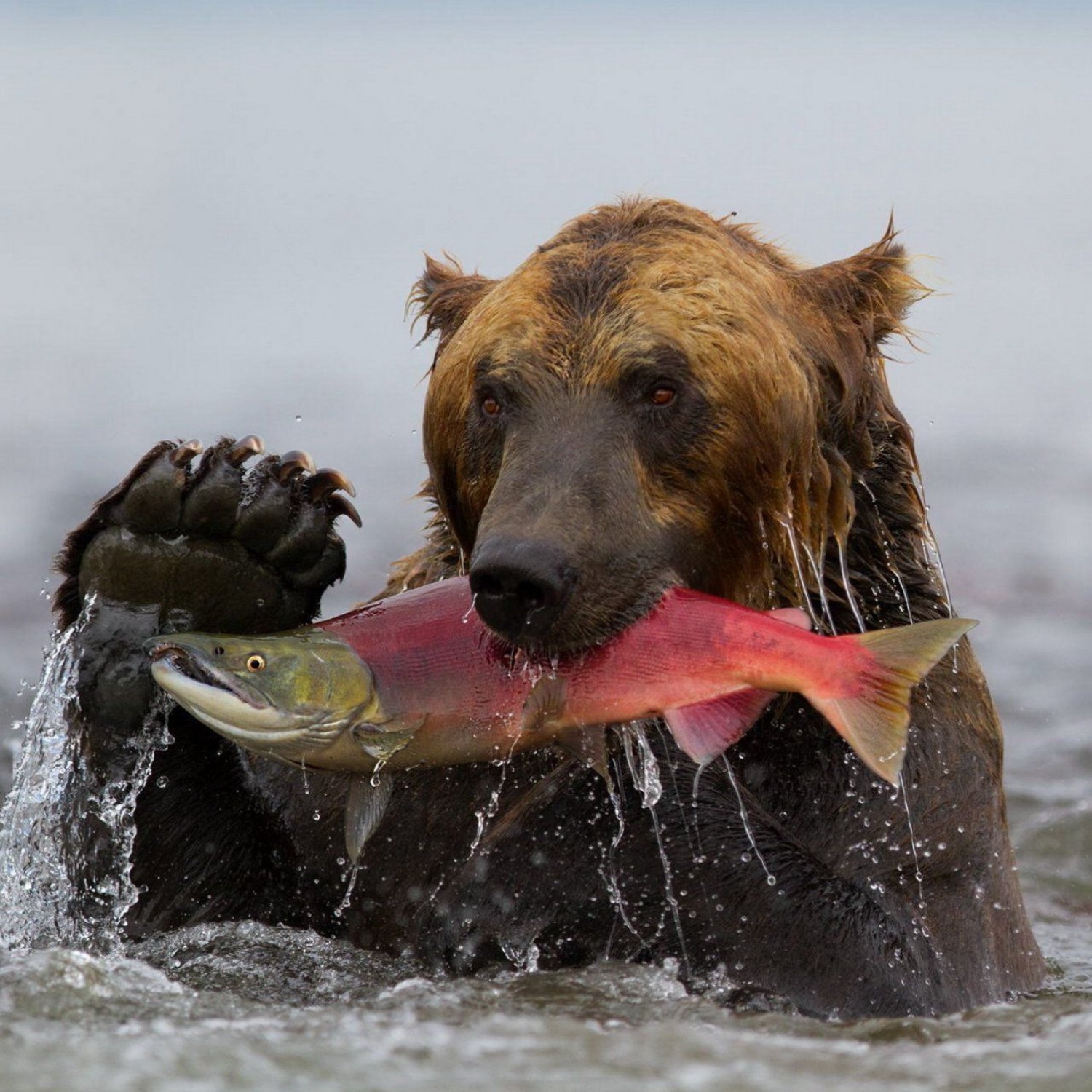
King Salmon
Up to 1.8 meters
The King Salmon, found in the Pacific Northwest, can grow up to 1.8 meters in length! Belonging to the Salmonidae family, this streamlined fish is known for its delicious taste and is a popular catch among anglers. Keep an eye out for this royal fish on your next fishing trip! #KingSalmon #PacificNorthwest #Fishing
Animal Details Summary:
Common Name: King Salmon
Kingdom: Animalia
Habitat: Freshwater and saltwater
The Mighty King Salmon: A Majestic Creature of the Pacific
The North Pacific Ocean is home to a magnificent creature with a remarkable journey – the King Salmon. Scientifically known as Oncorhynchus tshawytscha, this fish is a prime example of the wonders of nature. With its silver-gray coloration and streamlined body shape, the King Salmon is a sight to behold. It is also a significant contributor to the ecosystem and the economy of the Pacific Northwest King Salmon.As we dive deeper into the world of the King Salmon, we will explore its taxonomy, habitat, feeding method, geographical distribution, and more. So, sit back, relax, and let us take you on a captivating journey of the mighty King Salmon.
Taxonomy
The King Salmon belongs to the Animalia kingdom, the most diverse kingdom of living organisms. As a member of the Chordata phylum, it shares its classification with other fish, mammals, birds, and reptiles with a spinal cord. Moving on to its class, the King Salmon is an actinopterygii, which includes all ray-finned fish such as trout, bass, and salmon. Its order, Salmoniformes, encompasses several salmon and trout species.The King Salmon belongs to the Salmonidae family, which includes other salmon species like the Sockeye Salmon and Coho Salmon. This family is characterized by their anadromous lifestyle, where they are born in freshwater, but migrate to saltwater to mature and then return to freshwater to spawn.
Habitat
The King Salmon is a highly adaptable species that can survive in both freshwater and saltwater environments Key Deer. In its early life, it stays in freshwater, usually small streams and rivers. As they mature, they move to the ocean, where they spend most of their lives. However, when the time comes to spawn, they return to their freshwater birthplace.One of the main reasons for the King Salmon's success is its ability to survive in different water conditions. They can live in cold, clear freshwater as well as the tides and waves of the salty ocean. This adaptability makes them a vital part of both freshwater and saltwater ecosystems.
Feeding Method
King Salmon are carnivorous creatures, and their diet changes as they mature. As juveniles, they primarily feed on plankton and insects found in freshwater. However, when they move to the ocean, their diet shifts to small fish and crustaceans like shrimp and krill.Interestingly, King Salmon have a highly developed sense of smell, which helps them locate their prey. They also have sharp teeth, making it easier for them to catch and consume their food. This feeding method is crucial for their growth and survival, as their diet provides them with the necessary nutrients and sustenance.
Geographical Distribution and Country of Origin
King Salmon are found in the North Pacific Ocean, specifically in the waters of the United States and Canada. They are predominantly found along the coasts of Alaska and British Columbia. However, they can also be found in smaller numbers in Japan and Russia.The King Salmon's country of origin is a bit of a conundrum as it is found in both the United States and Canada. However, the largest population of King Salmon is found in the remote and pristine waters of Alaska. This majestic creature has become an integral part of Alaskan culture, and their annual salmon runs attract tourists from all over the world.
Location
The Pacific Northwest, particularly the remote regions of Alaska, is the ideal location to witness the King Salmon in their natural habitat. The cool and clean waters of the Pacific Northwest serve as the perfect home for the King Salmon, allowing them to thrive and grow to impressive sizes.The town of Dillingham in Alaska is known as the "Salmon Capital of the World," and it's no surprise why. Every year, millions of King Salmon swim up the Nushagak River, located in Dillingham, for their annual spawning. It is truly a sight to behold as thousands of salmon jump and flop their way up the river.
Animal Coloration and Body Shape
The King Salmon is easily recognizable by its silver-gray coloration, which helps it blend in with its surroundings. This coloration also acts as camouflage, protecting them from predators. However, as they approach their spawning phase, they develop a striking red color on their sides and fins, making them more visible to potential mates.Their streamlined body shape enables them to swim efficiently and swiftly, making them incredible hunters and swimmers. Their bodies are also covered in small scales, which protect them from injuries and help regulate their temperature.
Length
The average size of a King Salmon is around 1.2 meters, with some individuals growing up to 1.8 meters. Interestingly, the size of a King Salmon depends on their gender and whether they are returning to freshwater to spawn or not. Males, also known as "jacks," are smaller in size compared to females, also known as "hens."When returning to freshwater to spawn, King Salmon undergo a physiological change, transforming their body shape and color. Their heads become elongated, and they develop a hooked jaw, making them look more intimidating. This transformation also affects their size, as they can become significantly larger during the spawning phase.
The King of Salmon
The King Salmon is not only a majestic creature with a fascinating life cycle but also an essential contributor to the ecosystem and the economy of the Pacific Northwest. Aside from being a vital food source for predators such as bears and eagles, the carcasses of these salmon also provide nutrients for streams and forests.The spawning of King Salmon also brings in significant revenue for the Pacific Northwest. Sport and commercial fishing for salmon generates millions of dollars for the local economy, providing jobs and opportunities for locals. It is also a popular recreational activity for tourists, as they try their hand at catching these powerful creatures.
Moreover, the King Salmon has played an essential role in the culture and traditions of the indigenous people of the Pacific Northwest. These salmon hold significant cultural and spiritual significance for the natives, and their return to freshwater for spawning is celebrated with feasts and ceremonies.
In Conclusion
The King Salmon is truly a remarkable creature, with a complex life cycle and a significant impact on the ecosystem and the economy of the Pacific Northwest. Its adaptability, feeding method, and unique spawning behavior make it an incredibly fascinating animal to study.As human activities continue to impact the environment, it is essential to understand and protect species like the King Salmon. With proper management and conservation efforts, we can ensure that this magnificent fish continues to thrive and mesmerize us for generations to come.

King Salmon
Animal Details King Salmon - Scientific Name: Oncorhynchus tshawytscha
- Category: Animals K
- Scientific Name: Oncorhynchus tshawytscha
- Common Name: King Salmon
- Kingdom: Animalia
- Phylum: Chordata
- Class: Actinopterygii
- Order: Salmoniformes
- Family: Salmonidae
- Habitat: Freshwater and saltwater
- Feeding Method: Carnivorous
- Geographical Distribution: North Pacific Ocean
- Country of Origin: United States and Canada
- Location: Pacific Northwest
- Animal Coloration: Silver-gray
- Body Shape: Streamlined
- Length: Up to 1.8 meters
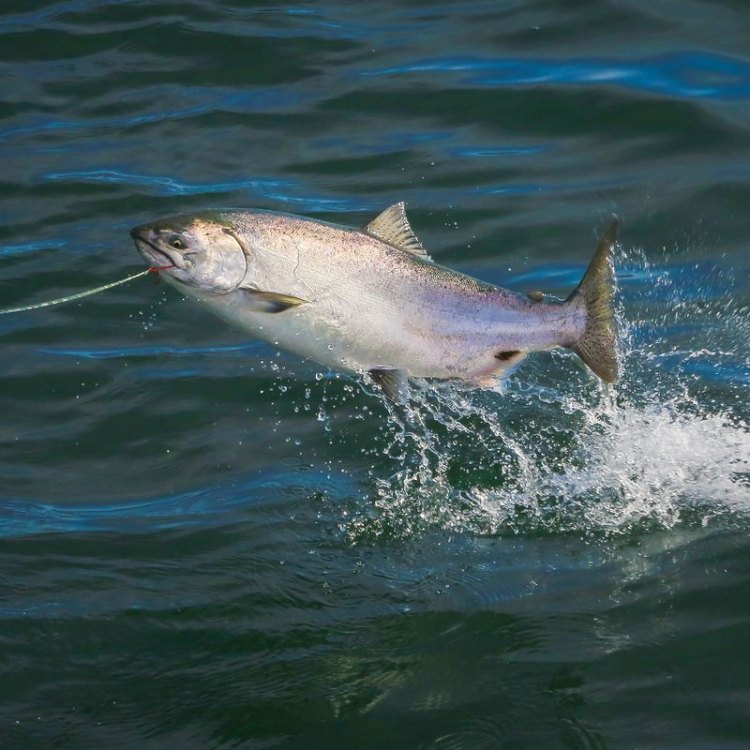
King Salmon
- Adult Size: Up to 45 kg
- Average Lifespan: 3 to 7 years
- Reproduction: Anadromous
- Reproductive Behavior: Spawning
- Sound or Call: No specific sound or call
- Migration Pattern: Upstream migration for spawning
- Social Groups: Solitary
- Behavior: Aggressive when feeding or defending territory
- Threats: Overfishing, habitat destruction, pollution
- Conservation Status: Least Concern
- Impact on Ecosystem: Important for nutrient cycling in freshwater and marine ecosystems
- Human Use: Commercial and sport fishing
- Distinctive Features: Large size, hooked jaw in males
- Interesting Facts: King salmon are highly prized for their delicious flesh and are often sought after by anglers. They have a complex life cycle, spending part of their lives in freshwater and part in saltwater. They are also known for their impressive upstream migration to spawn.
- Predator: Humans, bears, sea lions, and other large predatory fish
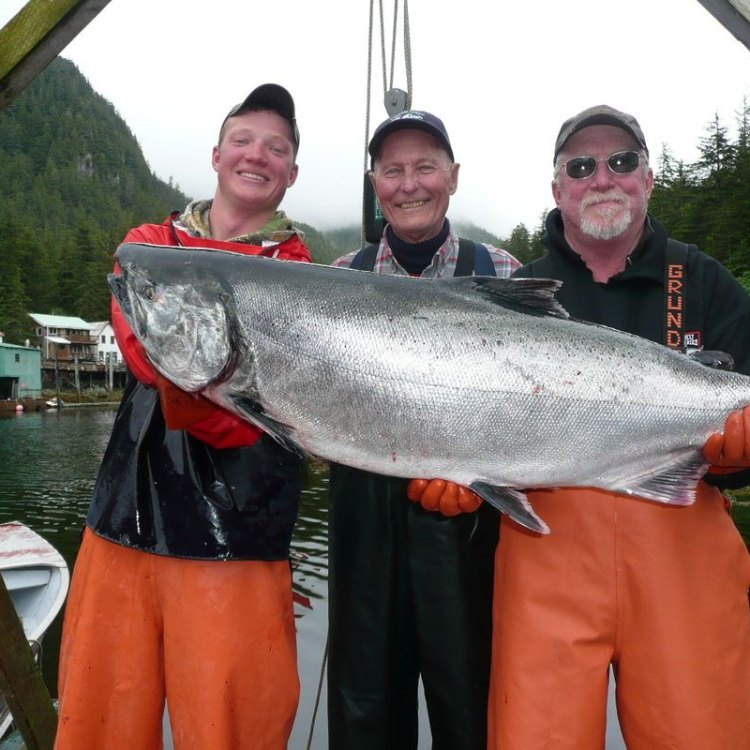
Oncorhynchus tshawytscha
The Mighty King Salmon: An Iconic Species of the Pacific Northwest
In the pristine waters of the Pacific Northwest, there is a species of fish that reigns supreme - the King Salmon, also known as the Chinook Salmon. With its large size, powerful migration, and delectable flesh, this fish has captured the hearts and taste buds of many. But there is more to this majestic creature than meets the eye.Let's dive into the unique features and behaviors of the King Salmon and understand why it is such an important species in its ecosystem PeaceOfAnimals.Com.
Size and Lifespan
The King Salmon is the largest species of salmon, with adults reaching weights of up to 45 kilograms. It is not uncommon to catch specimens that exceed this size, with some recorded to weigh as much as 57 kilograms. This impressive size is only seen in adulthood, as the fish starts its life as tiny fry, hatching from the eggs laid by their parents.On average, the King Salmon has a lifespan of 3 to 7 years. However, there have been recorded instances of individuals surviving up to 9 years in the wild. This lifespan may seem short compared to other fish species, but the King Salmon makes the most out of its time on Earth.
Reproduction and Migration
One of the most fascinating aspects of the King Salmon is its reproductive behavior. Like other salmon species, it is an anadromous fish. This means that they spend part of their lives in freshwater and part in saltwater Killer Whale.Every year, the adult King Salmon makes an impressive and treacherous migration from the ocean to the freshwater streams and rivers where they were born. This journey can be up to hundreds of miles and can take weeks or even months to complete. This upstream migration is vital for the fish's spawning process.
Once they reach their freshwater breeding grounds, the King Salmon changes color, turning bright red and green. The female will release her eggs, and the male will fertilize them externally. After spawning, the salmon usually dies, thus completing their life cycle.
Behavior and Social Groups
King Salmon are generally solitary creatures, only coming together during the breeding season. They are territorial and can become aggressive when defending their territory or while feeding. This behavior is often observed during their upstream migration, as they fiercely battle against strong currents and predators.Interestingly, unlike other salmon species, King Salmon do not produce any specific sound or call. They rely on visual cues and vibrations in the water to communicate with each other.
Threats and Conservation Status
Unfortunately, the King Salmon is facing several threats, which have led to a decline in their population. Overfishing, habitat destruction, and pollution are some of the main causes of their decline. These threats not only affect the King Salmon but also have a significant impact on the ecosystem.The King Salmon plays a crucial role in nutrient cycling in both freshwater and marine ecosystems. As they return to freshwater to spawn and die, their decaying bodies provide essential nutrients to the surrounding environment, supporting the growth of other species.
Thankfully, efforts are being made to conserve and protect the King Salmon. The International Union for Conservation of Nature (IUCN) has listed the species as Least Concern on their Red List. Various conservation organizations and government agencies are also implementing measures such as fishing regulations and habitat restoration to ensure the survival of this iconic species.
Human Use and Distinctive Features
The King Salmon is highly valued by humans, both commercially and recreationally. Its delicious flesh is sought after by many, making it a popular food fish. Its large size and powerful migration also make it a popular target for sport fishing.One of the most distinctive features of the King Salmon is the hooked jaw, also known as a kype, which is only present in male individuals. This feature is used during their territorial and spawning behaviors, making them easily distinguishable from females.
Interesting Facts
King Salmon are full of fascinating characteristics and behaviors. Here are some interesting facts about this incredible species:- The scientific name for King Salmon is Oncorhynchus tshawytscha, derived from the Chinook language and meaning "guardian of the people."
- They can swim at speeds of up to 50 miles per hour when migrating.
- King Salmon can jump up to 6 feet out of the water to overcome obstacles during their upstream journey.
- Young King Salmon, or fry, have an exceptional sense of smell to guide them back to their natal streams and rivers for spawning.
- They have an exceptional sense of taste and can distinguish between different water sources, allowing them to navigate back to their birthplace accurately.
Predators
Despite their massive size, King Salmon has several predators in their ecosystem. Humans, especially in their early life stages, are one of the main predators of this species. Bears, sea lions, and other large predatory fish are also known to prey on them. However, their biggest threat remains overfishing and habitat destruction caused by human activities.In the past, the Columbia River, located in the Pacific Northwest, used to have millions of King Salmon migrating annually. However, due to the construction of dams, pollution, and overfishing, their population has drastically declined. Efforts are now being made to restore the river's ecosystem and revive the King Salmon population.
In Conclusion
The King Salmon is a remarkable and iconic species of the Pacific Northwest. Its large size, impressive migration, and delicious flesh make it an integral part of the ecosystem and human culture in the region. However, it is facing numerous threats, and it is up to us to ensure its survival for future generations to appreciate and admire this majestic creature. With the right conservation efforts and responsible fishing practices, the King Salmon can continue to reign as the king of the Pacific Northwest waters.
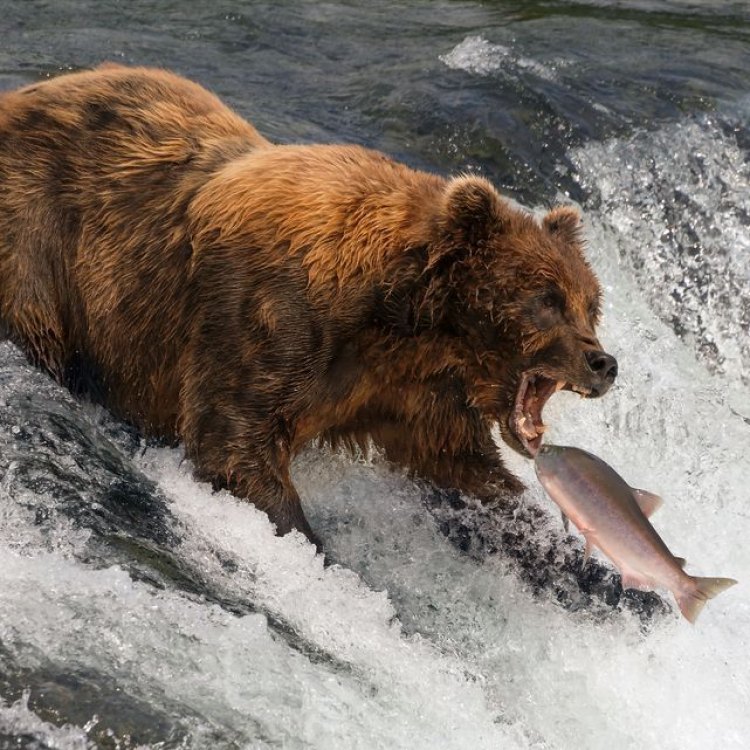
The Mighty King Salmon: A Majestic Creature of the Pacific
Disclaimer: The content provided is for informational purposes only. We cannot guarantee the accuracy of the information on this page 100%. All information provided here may change without prior notice.

